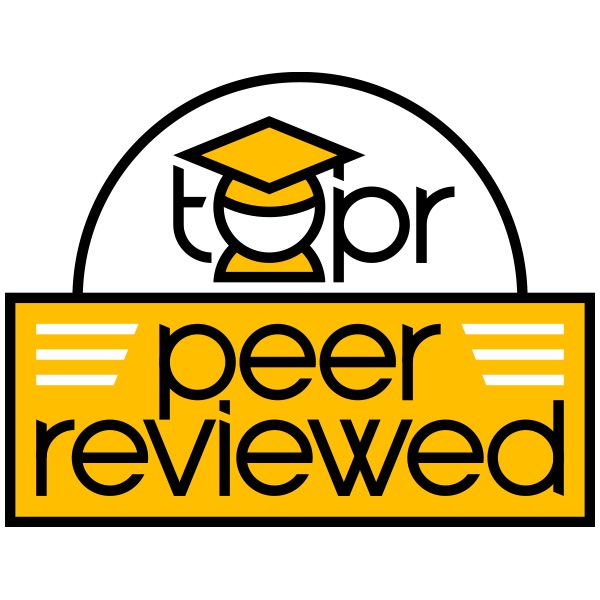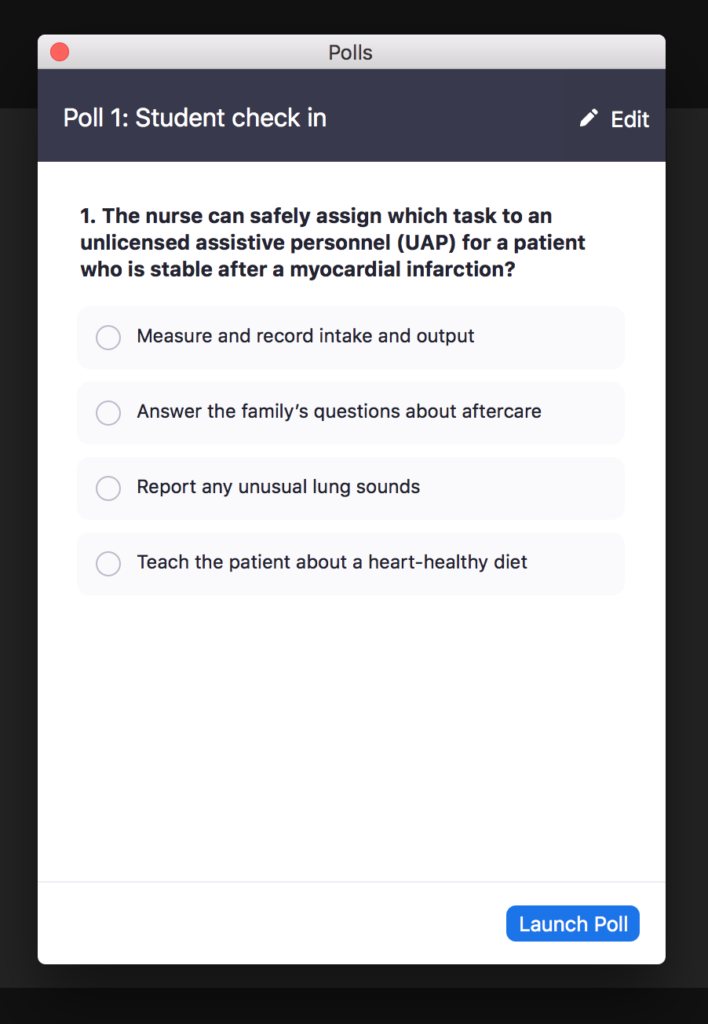
Quizzes are a well-established method for testing student understanding, in both forms of summative and formative assessments. To ensure that the quizzes are impactful for students, intentionality is required (Ebner & Efron, 2012). Instructors must consider that the timing, modality, and approach all influence its effectiveness.
When using quizzes in alignment with learning objectives, results provide instructors feedback on student mastery and insight into the efficacy of instructional techniques, which can provide insight into where and when more scaffolding or intervention is necessary. Despite their ease of use and educational value, quizzes in online education are often underutilized (Ebner & Efron, 2012). Giving students multiple opportunities to interact with the content, practice, and apply concepts, increases student learning (Roediger, 2013).
Active learning is an established approach in increasing student engagement and learning (McCarthy & Anderson, 2000). The impact is greatest when instructors discuss and debrief the content with students after active learning strategies have commenced (Cook & Babon, 2017). Utilizing the Zoom Polling feature is an efficient way to establish check-ins and provide students with active learning opportunities. Follow-up discussions on content, used during active learning activities, can be applied to alter or shift instructional approaches. These shifts should be based on data and revelations collected through this discourse. As such, active learning through the use of quizzes regularly and intentionally increases student learning outcomes (Cook & Babon, 2017).
Link to example artifact(s)
- Instructor: Joyce DeGennaro MSN, RN, College of Nursing, UCF
- Course Title: NUR4828 (Nursing Leadership, Management, and Role Transition)
In response to the COVID-19 pandemic, the University of Central Florida (UCF) followed most institutions to shift to remote learning in Spring 2020. As a direct result of this shift, instructors such as Joyce DeGennaro faced new challenges such as maintaining student engagement and concerns regarding the validity of assessments. DeGennaro sought UCF Instructional Designer Ashley Salter’s assistance and immediately began testing ways to utilize Zoom, the video conferencing tool supplied by the institution, to address these areas of concern.
In this graduate, formally fully face-to-face course of 121 students, the Zoom Polling tool served as a “live quiz” for students present in the remote live lectures. The polling feature was used for three purposes:
Curb Cheating: When a poll was conducted as a “live quiz”, students were required to have their video web cameras on when answering the polling questions. Live video access allowed DeGennaro to consistently monitor the students taking the polling quiz.
Engage Student Participation: When a poll was added as a “feedback” opportunity from students during a live lecture, it allowed for DeGennaro to capture students’ attention as they were more engaged in the content knowing there would be an immediate task assessing their understanding of the content shared via the live lecture.
Provide Instructional Shifts: In both the “live quiz” and “feedback” polls, DeGennaro instantly employed the assessment results or feedback to shift and guided her instruction efforts to treat misconceptions, reteach content, or propel forward into new content based on mastery.

In a remote or online course, instructors lack typical facial and physical cues from students captured during traditional face-to-face lectures, making it difficult to shift their instruction to meet the needs of their students. By implementing the Zoom Polling feature into her remote live instruction, DeGennaro satisfied the aforementioned gaps that occur in this unique modality.
Overall, as a result of the Zoom Polling feature being utilized, DeGennaro reported increased student satisfaction, increased student engagement, and increased student attendance.
Link to scholarly reference(s)
Cook, B., & Babon, A. (2017). Active learning through online quizzes: Better learning and less (busy) work. Journal of Geography in Higher Education, 41(1), 24-38.
Ebner, N., & Efron, Y. (2012). Pop quiz: Do you use this evaluation method? Assessing our Students, Assessing Ourselves, 3. https://ssrn.com/abstract=2216679
McCarthy, J. P., & Anderson, L. (2000). Active learning techniques versus traditional teaching styles: Two experiments from history and political science. Innovative Higher Education, 24, 279-294.
Roediger, H. L. (2013). Applying cognitive psychology to education: Translational educational science. Psychological Science in the Public Interest, 14(1), 1-3. https://doi.org/10.1177/1529100612454415
Citation
Salter, A, & Albrecht, A. (2021). Using zoom polling feature to increase student engagement and learning. In A. deNoyelles, A. Albrecht, S. Bauer, & S. Wyatt (Eds.), Teaching Online Pedagogical Repository. Orlando, FL: University of Central Florida Center for Distributed Learning. https://topr.online.ucf.edu/using-zoom-polling-feature-to-increase-student-engagement-and-learning/.